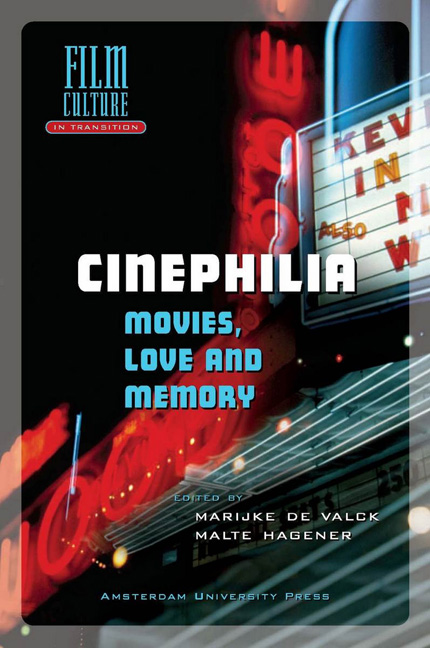Book contents
Love in the Time of Transcultural Fusion: Cinephilia, Homage and Kill Bill
Published online by Cambridge University Press: 25 January 2021
Summary
Introduction
There is an inherent difficulty in defining love. Douglas Hofstadter's ironic definition lies more in demonstrating the impracticalities of general recursion than in a genuine attempt for perspicuity. Love simply seems too mystical a force to be registered compactly by facile explanation; it is lamely compared – love “like a red, red rose,” or love that “resembles the eternal rocks beneath” – or else shrugged off as inexplicable phenomena: “love without reason… No wisdom, no judgement / No caution, no blame…” It is presumably too complicated an emotion to analyse, too multifaceted for deconstruction, too profound for definitive scrutiny.
The love of cinema suffers from a similar ambiguity. Cast more or less in the word “cinephilia,” the concept of “the love of cinema” has taken on a state of amorphousness that stretches from the vehement “we cannot live without Rossellini” 1960s film culture to, borne on the growth of the home video, obsessive film collection and solitary, mole-like viewings in dark bedrooms to, simply, a love of the cinema “sous forme de passion exclusive.” Paul Willemen's baffled exclamation sums it up: “What is this thing that keeps cropping up in all these different forms and keeps being called cinephilia?”
The complication of defining cinephilia is compounded by an element of dogged historicity that writes cinephilia as a past phenomenon and roots nostalgia as the core of its enterprise. Articulated most resoundingly in Susan Sontag's much-discussed article, “The Decay of Cinema,” Sontag refers to cinephilia as the “special” love that cinema “inspired,” “born of a conviction that cinema was an art unlike any other,” love which evoked a sense of wonder, whereby “people took movies into themselves” and felt liberated by “the experience of surrender to, of being transported by, what was on the screen.” “You fell in love not just with actors but with cinema itself.” More significantly, Sontag specifically locates the epitome of cinephilia in a targeted historical period, namely, the early 1950s to late 60s.
- Type
- Chapter
- Information
- CinephiliaMovies, Love and Memory, pp. 65 - 80Publisher: Amsterdam University PressPrint publication year: 2005
- 1
- Cited by



